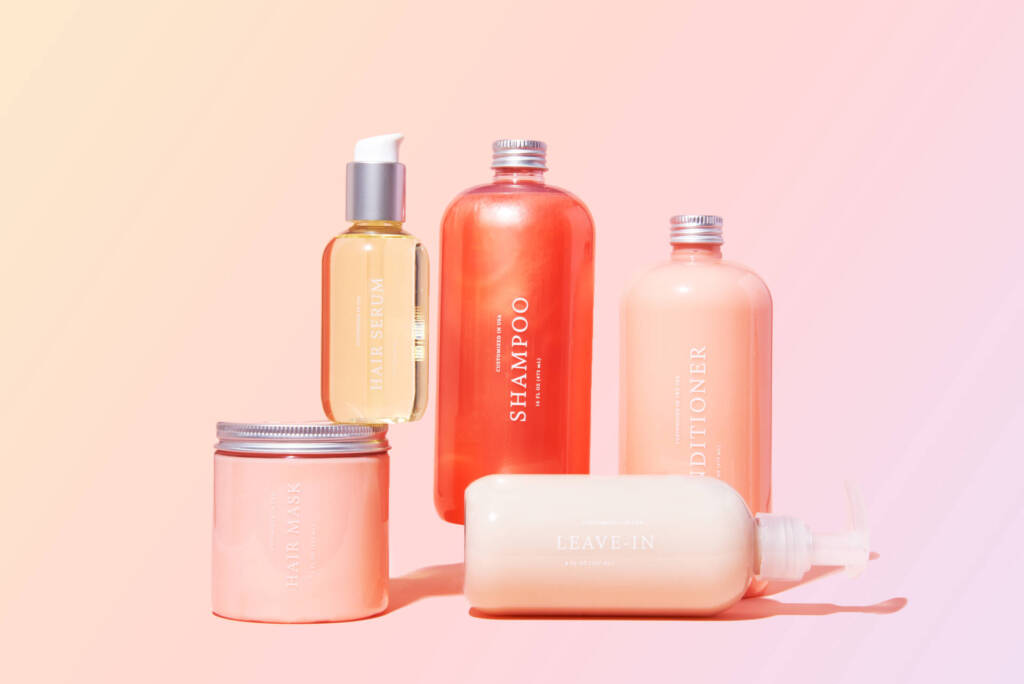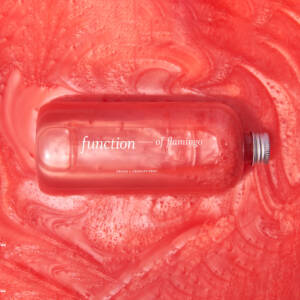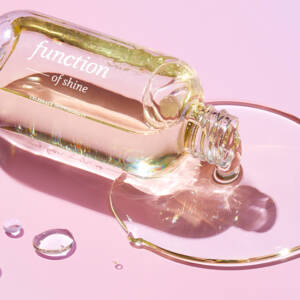With its tight coils, sharp angles, and naturally voluminous texture, 4c hair is the tightest of all type 4 locks. As much as we love 4c hair, we have to admit that maintaining it can be an intimidating task. This hair type is prone to breakage, dryness, and damage, especially when it’s faced with chemical treatments and heat styling. Although some people with 4c hair turn to relaxers to straighten their coily hair texture, the shift towards sporting natural hair has inspired many to find a customized hair routine that works with — not against — this dazzling hair type.
If you’re looking to maximize your 4c haircare routine and achieve the look of moisturized, healthy hair, consider this your go-to guide for maximizing your 4c mane.
The Basics of 4c Hair
The 4c hair type lies within the broader type 4 hair category of the hair typing system. Type 4 hair is also referred to as Black, kinky, or coarse hair and is characterized by its tight, dense texture and natural lift. The volume that comes with type 4 hair is caused by its unique curl pattern. Type 4 hair has varying levels of curls, ranging from the tight soft spirals of type 4a hair to the dense zig-zag locks of type 4b hair to the microscopically small coils of type 4c hair.
Though we use the phrase curl pattern to describe the texture of type 4 hair, the term “coily” better embodies its texture. If you put the three different varieties of type 4 hair under a microscope, you’d notice that each forms a tightly wound coil shape that gets smaller and smaller as it goes up the type 4 scale. These dense hair strands are amazingly resistant, making it very hard to go from their natural texture to wavy or straight. Even when wet, the kinks and coils of type 4 hair do not lose shape or definition.
Many people with coily hair turn to perms, relaxers, and other chemical treatments that transform their hair into a looser texture. However, Black and African American hair is inherently more fragile than other hair types and these treatments can cause long-term damage that may require dramatic hair chops and years of recovery to repair.
While we certainly don’t want to discourage you from having fun with different looks, we do want to offer insight into maintaining a 4c natural hair routine that works for you. This starts by understanding the dynamics of 4c texture.
All About Type 4c Hair
Since it’s the highest on the list of type 4 textures, you may have already guessed that 4c hair is the most coily and dense of all. The hair growth of 4c hair expands horizontally and doesn’t fall downward until it gets very, very long. By pulling a lock of 4c hair to its fullest extent you’ll see that it multiplies in length. The microscopically tight kinks and coils of 4c hair patterns cause significant shrinkage to occur, which gives this hair type so much volume.
Though dense in volume, 4c hair strands are very fragile and prone to breakage, dryness, and frizz. This is partially because the kinky strands that make up 4c hair have a hard time transferring their natural oils from root to tip. Adding to the struggle are tools like paddle brushes, which can form knots and tangles that make those coils look frizzy and deflated.
The biggest challenge to achieving smooth, moisture-rich 4c locks is fighting off dryness and damage. Finding a haircare routine that focuses on hydrating and defining your 4c curls is what will make or break your hairstyle.
3 Tips for 4c Hair Maintenance
Combating frizz and dryness can be a battle. Luckily, there are many styling products and tricks to help. Here are three moisture-enhancing tips for maintaining fresher 4c tresses.
Step Up Your Conditioner Game
When you have 4c hair, softness and moisture are two things you can never get enough of. But hair damage over time — especially from coloring and chemical processing — can make it harder for your hair to hold onto hydration. If you experience significant moisture loss even after applying hydrating leave-in products, you probably have high porosity hair. If this is the case for you, it’s time to double up on your conditioning efforts by using a deep conditioning mask.
Using a hair mask is a great way to amp up your conditioning dosage on wash days. Because it has an extra boost of moisturizing oils and conditioning agents, hair masks can penetrate your locks with even more hydration and softness than traditional conditioners.
Choosing a hair mask made with Japanese sake extract, argan oil, or jojoba ester oil may help boost the moisture levels of your 4c hair. Case in point: Function of Beauty’s custom hair mask mixes these ingredients to enhance detangling, softness, and hydration.
Add a Touch of Silk or Satin
Something as seemingly innocuous as the fabric you lie your hair on at night could be promoting dryness and frizz. That’s because even when your 4c hair has been doused in hydrating hair products, regular cotton cases may be sucking up all the moisture from your locks, causing it to look dry in the morning.
Fortunately, this is a fast and easy fix. Simply get yourself a silk or satin pillowcase. The soft, smooth texture of these beauties minimize friction and aren’t as absorbent as cotton, thus preventing tangled, dry hair. If you can’t get your hands (or hair) on a satin pillowcase, wrapping satin scarves around your hair at night works too!
Experience the Benefits of Co-Washing
Since 4c hair types are prone to dryness, daily shampooing is a big no-no. So how do you get that just-washed, clean scalp feeling without ridding your hair of the oils it needs? Use a customized co-wash formulated to work with coily and curly hair.
Co-washes are cleansing conditioners that can be used in between shampoos to cleanse and hydrate the scalp without removing its natural oils or causing dryness. Because it lies somewhere in between conditioner and shampoo, co-wash is free of drying alcohols and safe to use on your roots. Function of Beauty’s custom co-wash is proven to:
- Increase softness and detangling
- Reduce surface buildup and breakage
- Nourish and improve hair strength
Made with naturally derived and synthetic ingredients like shea butter, avocado oil, and aloe juice, this dermatologist-tested co-wash is the perfect way to cleanse your 4c hair without drying it out.
Achieve Your Best 4c Hair
Words that describe 4c hair at its best are voluminous, charismatic, and bold. But at its worst, the words dry, frizzy, and dull come to mind. Your 4c hair deserves better!
When you implement a pro-hydration and anti-dryness hair routine, you can improve the state of your 4c locks and get to a place where it looks its absolute best. All you need is a robust dose of conditioning, a little bit of silk or satin, and an effective co-wash to give your hair the moisture and definition it needs.
Searching for a more customized 4c hair routine? Take our hair quiz and fill out a profile for your natural hair texture. Then choose from a variety of beauty goals to customize a hair formula that’ll meet all your hair needs and aspirations.





